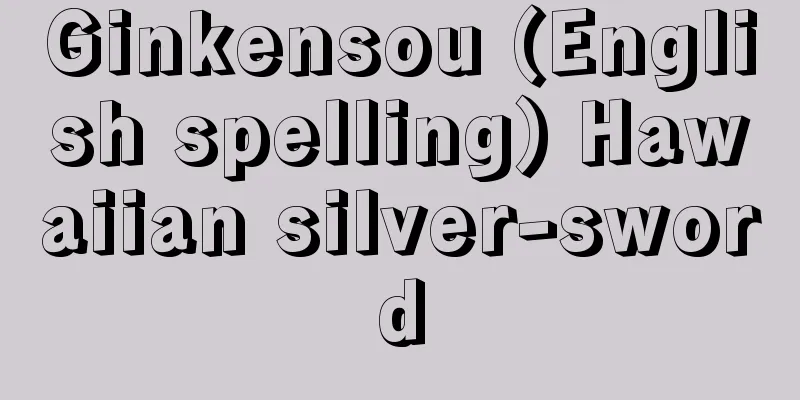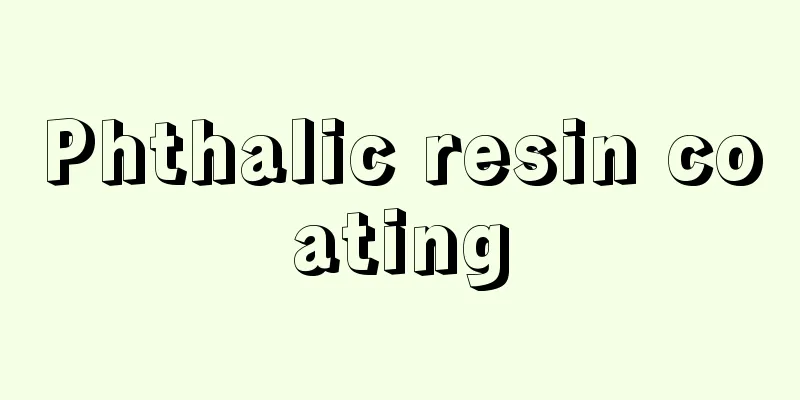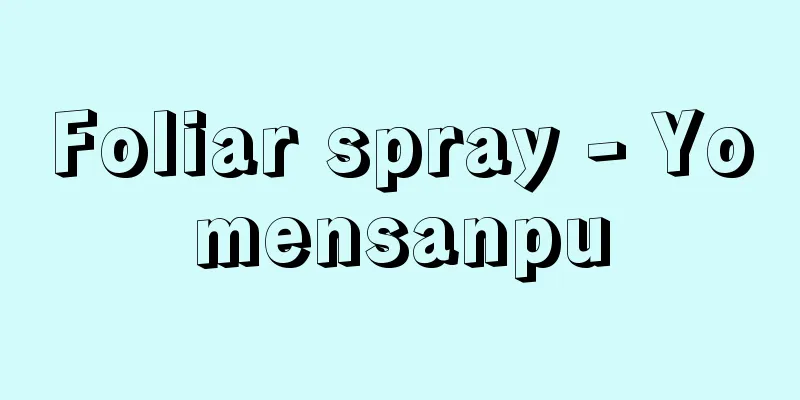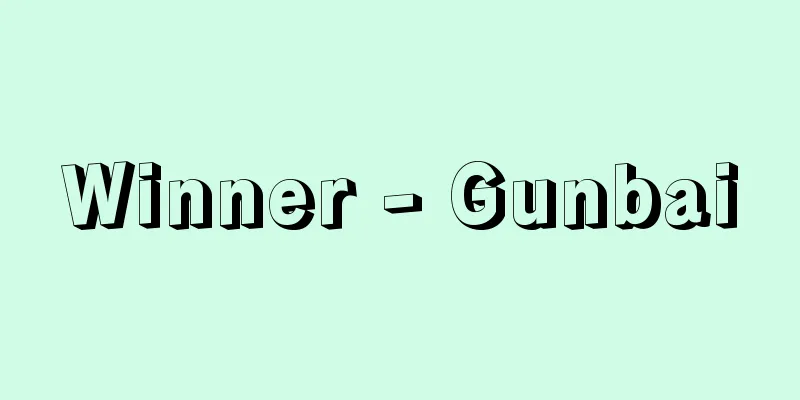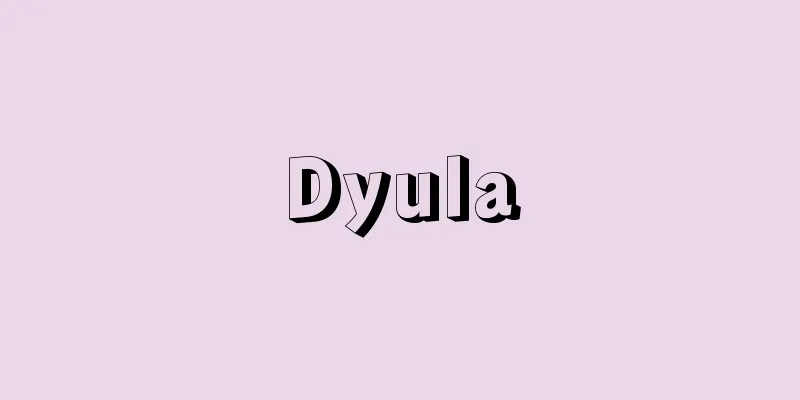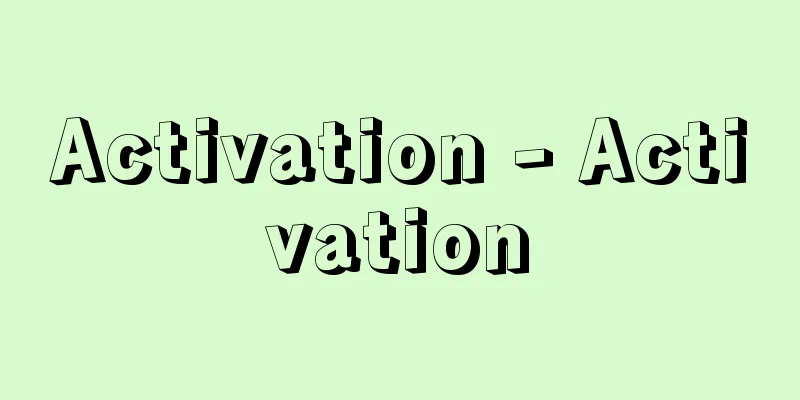CT
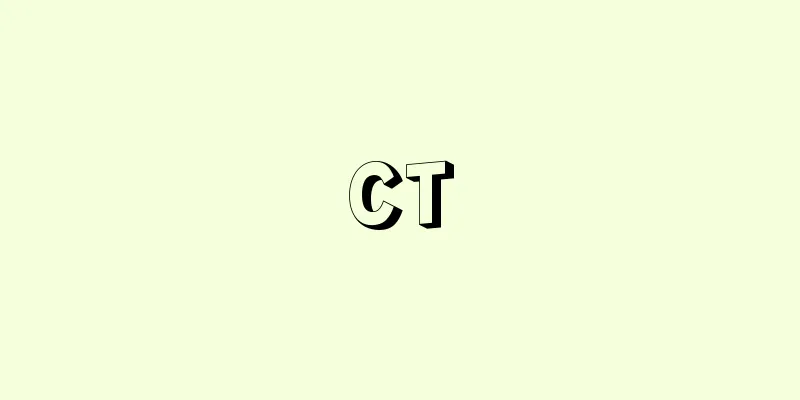
|
(2) CT a.The device can easily and non-invasively capture cross-sectional images of the human body. Compared to conventional X-ray imaging, it has a higher detection accuracy of X-ray absorption and can distinguish between water and soft tissue. A comparison of CT and MRI is shown in Table 15-4-12. With helical CT, continuous CT information can be obtained while the patient moves through the X-ray beam. By obtaining spiral information, it is possible to select the slice thickness by reconstruction. Multi-detector CT devices, which have multiple detectors (4-320) placed on the opposite side of the X-ray generator, can obtain multiple images while the X-ray beam passes through the patient. This shortens examination time and makes it possible to understand the anatomy of the vascular system and the blood flow and perfusion status of the brain parenchyma (Dillon, 2012). Increasing X-ray absorption by intravenously injecting a non-ionic water-soluble iodine contrast agent is called the enhancement (contrast) effect. It is effective in understanding vascular structure and depicting diseases (tumors, infarctions, infections) that disrupt the blood-brain barrier (BBB), improving the ability to detect lesions. Note that structures that are enhanced in normal conditions without the BBB include the pituitary gland, choroid plexus, and dura mater. It is also used in CT angiography in combination with helical CT. b. Adaptation i) Plain CT Diseases for which CT is the first choice are acute head and spinal trauma, subarachnoid hemorrhage (Fig. 15-4-17, 15-4-18), and conductive hearing loss. Calcification is also more obvious on CT than on MRI (Fig. 15-4-19A). MRI can play a complementary role in the diagnosis of skull base diseases, intraorbital diseases, and spinal diseases. ii) Contrast CT The purposes of CT and MRI contrast examinations of the central nervous system are: 1) to detect lesions caused by the breakdown or absence of the BBB, 2) to observe in detail lesions caused by BBB impairment, 3) to enhance the vascular lumen, and 4) to obtain information about blood vessels (Aoki et al., 2011). In terms of ① and ②, CT is not as good as MRI. However, when it comes to depicting the vascular lumen, CT is thought to be able to do so more reliably than MRI, and contrast CT is sometimes superior when it comes to vascular information. It is actually difficult to accurately visualize the vascular lumen using MRI. 3D TOF (time of flight) MRA does not visualize well in areas where blood flow is slow or turbulent, making it difficult to evaluate lesions (where blood flow is usually slow or turbulent) in detail. In contrast, contrast-enhanced CT does not require attention to anything other than the timing of contrast agent administration, and visualization of the lumen can be performed reliably by capturing the arterial phase and the two subsequent phases. Regarding hemodynamics, CT requires consideration of radiation exposure from repeated imaging, but when the entire brain can be covered, such as with a 320-slice CT, CT is superior in both spatial and temporal resolution. CT is also superior in accurate depiction of vascular lumen and quantitative performance, and there are an increasing number of situations where highly invasive angiography is not necessary. Specifically, even with standard multi-row CT, contrast CT is useful for detailed evaluation of giant aneurysms, cerebral cortical/venous sinus thrombosis, search for bleeding sources, tumors rich in blood vessels, and the morphology of vascular plaques seen from the lumen. Furthermore, recent 256- and 320-row CT is also considered useful for cerebral arteriovenous malformations, dural arteriovenous fistulas, and hemodynamics after occlusion, reducing the need for catheter angiography. c. Interpretation When interpreting CT images, attention should be paid to whether normal anatomical structures have been maintained, whether there are any structures showing abnormal absorption values, and whether abnormal enhancement effects are observed. Many lesions show low absorption areas on CT. Cerebral infarction is a typical example. There are a limited number of conditions and diseases that show high absorption areas, as listed in Table 15-4-13. Typical examples are cerebral hemorrhage and subarachnoid hemorrhage. When high absorption areas are seen within the cerebral sulci on CT, subarachnoid hemorrhage (Figures 15-4-17, 15-4-18A) is the most typical disease, but there are other pathological conditions that should be considered (Table 15-4-14). d. Side effects Radiation exposure from CT is estimated to be 2-5 mSv for routine brain CT (Dillon, 2012). Radiation exposure should be reduced in children. The most common side effect is contrast nephropathy caused by the use of intravenously administered contrast agents. There are various definitions, but contrast nephropathy is defined as any increase in serum creatinine of 1 mg/dL or more within 48 hours after administration of a contrast agent. Other causes of acute renal failure must be ruled out. Patients with contrast nephropathy usually have a good prognosis, with serum creatinine levels returning to baseline within 1 to 2 weeks. Risk factors for contrast nephropathy include elderly people (over 80 years old), the presence of renal disease (serum creatinine over 2 mg/dL), a solitary kidney, diabetes, dehydration, dysproteinemia, dependence on nephrotoxic drugs and chemotherapy drugs, and the use of high doses of contrast agents. In patients with diabetes or mild renal impairment, adequate hydration should be provided before using contrast agents. Alternatively, MRI, CT without contrast agents, or ultrasound examination should be considered. The most serious side effects of contrast media are allergic reactions, which can range from mild hives to bronchospasm, acute anaphylactic reactions and death. There is much debate about the pathogenesis, but several theories include the release of histamine, antigen-antibody reactions and complement fixation reactions. It is said that serious allergic reactions occur in approximately 0.04% of patients administered contrast media. Risk factors include a history of side effects from contrast media, allergies to shellfish and crustaceans, atopy, bronchial asthma and hay fever. It cannot be said that patients who have had an allergic reaction to iodine contrast agents will necessarily have an adverse reaction to gadolinium contrast agents in MRI, but sufficient caution is required when administering gadolinium contrast agents (see below). [Yanagishita Akira] ■ References <br /> Aoki, S., Hori, M., et al.: Cases requiring contrast CT: Cerebrospinal region. Japan-German Medical Journal, 56: 80-92, 2011. Dillon WP: Neuroimging in neurologic diseases. In: Harrison's Principles of Internal Medicine 16th ed (Longo DL, Kasper DL, et al eds), pp3240-3250, McGraw-Hill, New York, 2012. Masahiro Ida, Shunsuke Sugawara, et al.: MRI T2 * weighted images and neurological disorders, susceptibility-weighted imaging and cerebrovascular disorders. Neurology, 69: 251-260, 2008. Comparison of CT and MRI Table 15-4-12 Diseases showing high-density areas that are not calcifications on CT scans Table 15-4-13 What do you think when you see high-density areas in the sulci on a CT scan? Table 15-4-14 CTSource : Internal Medicine, 10th Edition About Internal Medicine, 10th Edition Information |
|
(2)CT a.装置 人体の横断断層像を容易に非侵襲的にとらえることができる.従来のX線撮影に比し,X線吸収の検出精度が高く,水と軟部組織の識別が可能である.CTとMRIを比較すると表15-4-12のようになる. ヘリカルCTでは,患者がX線ビームの間を動いている間に連続的なCT情報を得ることができる.らせん型の情報を得ることによって,再構成によってスライスの厚さを選ぶことが可能である.X線発生器の対側に複数(4〜320)の検出器を置いた多検出型CT装置では,X線ビームが患者を通る間に多数の画像を得ることができる.検査時間の短縮と,血管系の解剖,脳実質の血流灌流状態の把握が可能になった(Dillon,2012). 非イオン性水溶性ヨウ素造影剤を静注し,X線吸収を増加させることを増強(造影)効果とよぶ.血管構造の把握,血液脳関門(blood brain barrier:BBB)の破綻する疾患(腫瘍,梗塞,感染症)の描出に効果があり,病変の検出能が向上する.なお,BBBがなく正常でも造影される構造としては下垂体・脈絡叢,硬膜がある.さらに,ヘリカルCTと組み合わせてCT血管造影に使用されている. b.適応 ⅰ)単純CT CTが第一選択の疾患は急性期の頭部および脊椎の外傷,くも膜下出血(図15-4-17,15-4-18),伝導性難聴である.石灰化もCTがMRIより明瞭である(図15-4-19A).MRIの補完的役割として,頭蓋底疾患,眼窩内疾患,脊椎骨疾患があげられる. ⅱ)造影CT 中枢神経系でのCTおよびMRIでの造影検査の目的は,①BBBの破壊やBBBがないことによる病変の検出,②BBB障害により造影された病変の詳細な観察,③血管内腔の増強,④血管情報の取得,となる(青木ら,2011). ①および②に関してはCTはMRIには勝てない.しかし,血管内腔の描出に関していえば,CTはMRIより確実に描出が可能と考えられ,血管情報に関してもときに造影CTが勝る. 血管内腔を確実に描出することはMRIでは実は難しい.3D TOF(time of flight)MRAは血流が遅いあるいは乱れた部位では描出が落ちるため,病変(たいてい血流が遅いあるいは乱れている)を詳細に評価するのが難しい.それに比べて,造影CTは造影剤のタイミング以外は気にする必要もなく,内腔の描出なら,動脈相とその後の2相を撮影すれば十分確実に評価ができる. 血行動態に関してはCTは繰り返し撮影の被曝を考える必要があるが,320列CTのように全脳をカバーできる場合には空間・時間分解能のどちらでもCTがすぐれる.血管内腔の確実な描写と,定量性もCTがすぐれており,侵襲の高い血管造影を行わなくともよい場面が増加している. 具体的には,通常の多列CTでも,巨大動脈瘤,脳皮質/静脈洞血栓症,出血源の検索,血管豊富な腫瘍,内腔から見た血管プラークの形態などの詳細な評価には造影CTが有用となる.さらに,最近の256と320列CTでは脳動静脈奇形,硬膜動静脈瘻,閉塞後の血行動態などにも有用と考えられ,カテーテル血管造影の必要性が減少している. c.読影 CTの読影にあたっては正常解剖構造が保たれているか,異常な吸収値を示す構造はないか,異常な増強効果を認めないかなどに注目する.CTでは多くの病変は低吸収域を示す.脳梗塞はその代表である.高吸収域を示す状態および疾患は限られており,表15-4-13に記す.代表は脳出血とくも膜下出血である.CTにて高吸収域を脳溝内にみたときにはくも膜下出血(図15-4-17,15-4-18A)が代表的な疾患ではあるが,そのほかにも考慮すべき病態がある(表15-4-14). d.副作用 CTによる被曝はルーチン脳CTでは2~5 mSvとされている(Dillon,2012).小児では被曝量を軽減すべきである. 最も多い副作用は経静脈性投与による造影剤の使用による造影剤腎症である.その定義は種々あるが,造影剤投与後48時間以内に血清クレアチニンの上昇が1 mg/dL以上であれば,造影剤腎症となる.ほかの原因の急性腎不全の除外が必要である.通常造影剤腎症は予後良好であり,1~2週にて血清クレアチニン値は基準値に戻る. 造影剤腎症のリスクファクターとしては高齢者(80歳以上),腎疾患の存在(血清クレアチニン2 mg/dL以上),単独腎,糖尿病,脱水,異常蛋白血症,腎毒性の薬剤および化学療法薬の依存,高用量の造影剤の使用がある.糖尿病および軽症の腎障害の患者では造影剤使用に当たっては,十分な水分補強をした後に使用すべきである.または,MRI,造影剤を使用しないCT,超音波検査を考慮する必要がある. 最も重大な造影剤の副作用はアレルギー反応による.軽症のじんま疹から気管支痙攣,急性アナフィラキシー反応,死亡に至ることもある.その病態はいろいろな議論があるが,ヒスタミンなどの放出,抗原抗体反応,補体結合反応などの説がある.重大なアレルギー反応は造影剤投与患者の0.04%程度に生じるとされている.リスクファクターとしては造影剤による副作用の既往,貝,甲殻類に対するアレルギー患者,アトピー,気管支喘息および花粉症患者である. ヨウ素造影剤によるアレルギー反応を示した患者がMRIのガドリニウム造影剤に対して副作用を示すとは必ずしもいえないが,投与する場合には十分な注意が必要である(後述).[柳下 章] ■文献 青木茂樹,堀 正明,他:造影CTが必要とされる症例2.脳脊髄領域.日獨医報,56: 80-92, 2011. Dillon WP: Neuroimging in neurologic diseases. In: Harrison’s Principles of Internal Medicine 16th ed (Longo DL, Kasper DL, et al eds), pp3240-3250, McGraw-Hill, New York, 2012. 井田正博,菅原俊介,他:MRI T2*強調画像と神経疾患 susceptibility-weighted imagingと脳血管障害.神経内科,69: 251-260, 2008. CTとMRIとの比較"> 表15-4-12 CT での石灰化ではない高吸収域を示す疾患"> 表15-4-13 CT にて高吸収域を脳溝内に見たときには何を考えるか?"> 表15-4-14 CT出典 内科学 第10版内科学 第10版について 情報 |
Recommend
Encoding - Fugouka (English spelling) encoding
Encoding is synonymous with memorization and refer...
Wu Yun (English name)
?‐778 A Taoist priest of the Tang Dynasty in China...
Arabic Pharmacology - Arabiayakugaku
…New pharmacies based on the Arabian model were o...
Subordinate - Shinka (English spelling) Der Untertan
A novel by German author Heinrich Mann. Completed...
Chinese style decoration
...There are many changes in the style of shrine ...
Salzmann - Christian Gotthilf Salzmann
A German philanthropist educator. He was a pastor...
Jinseki [town] - Jinseki
A former town in Jinseki-gun, eastern Hiroshima pr...
Amphipods - Amphipods
A general term for crustaceans belonging to the or...
dragon's blood
...Of these, the stems of the Asian genera Daemon...
Ashi - Ashi (English spelling) Common reed
A large perennial grass of the Poaceae family (AP...
Water pest (English spelling)
…It is an aquatic plant of the Hydrocharisaceae f...
Youth in the Storm - Arashi no naka no seishun (English title) I Am a Camera
British film. Produced in 1955. A postwar film dir...
Business Studies - Shogyogaku
It is a field of social science that studies comm...
Requinto (English spelling) [Spain]
A small guitar that is usually tuned a fifth highe...
Feng Shui Theory - Kasousetsu
…The theory of physiognomy, which determines whet...
